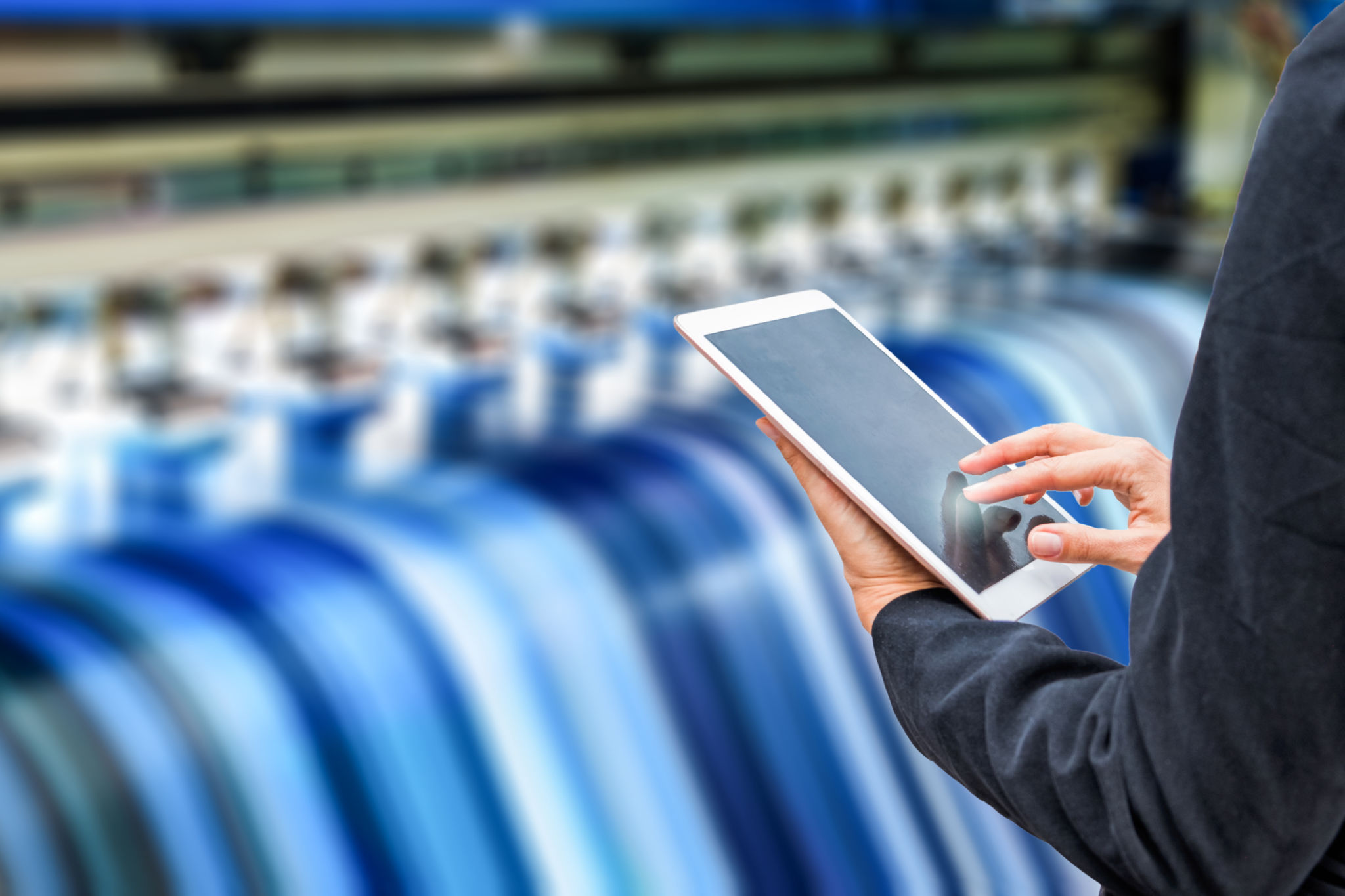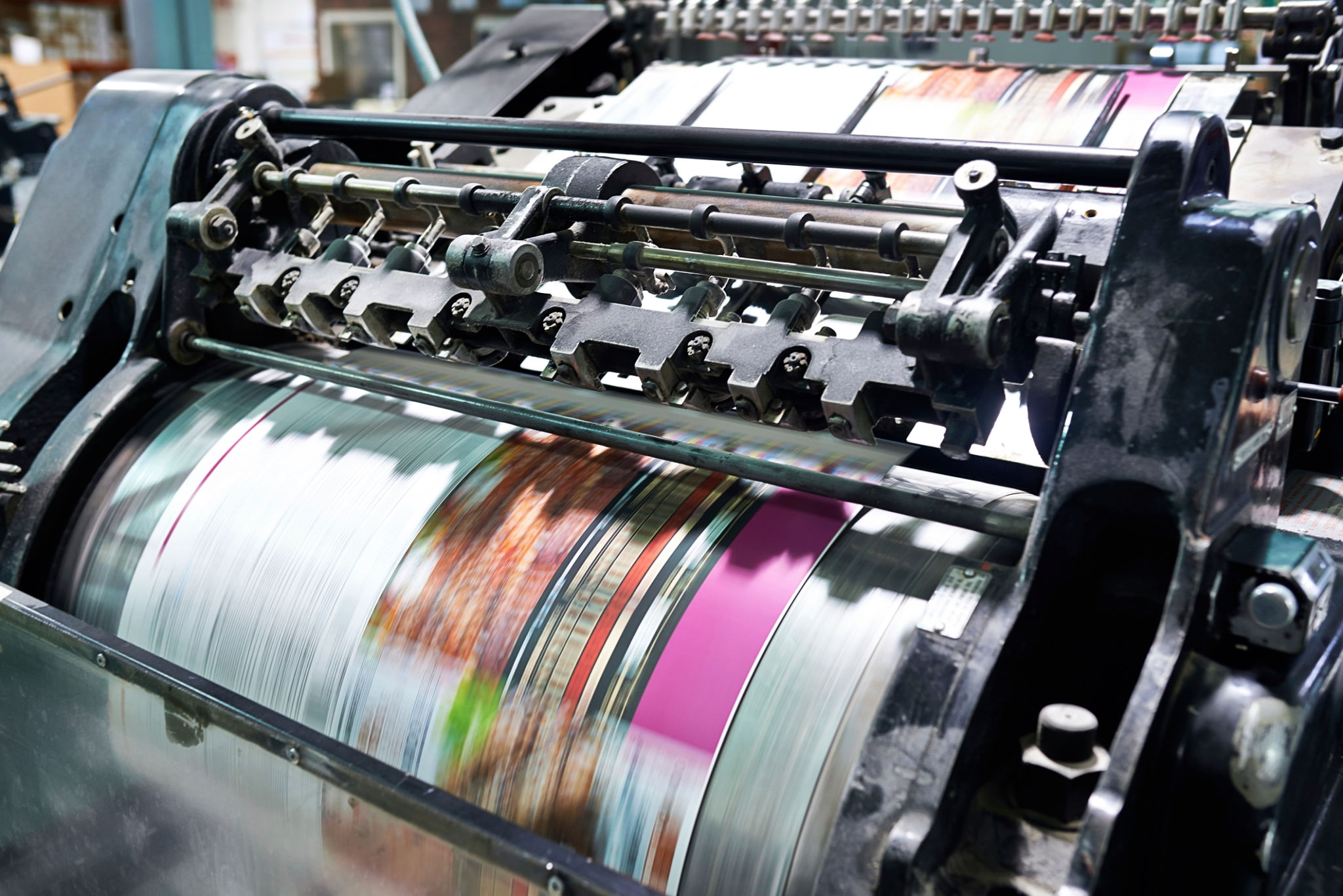Comparing Digital vs. Offset Printing: Which is Right for Your Needs?
When it comes to choosing a printing method for your business or personal projects, the decision between digital and offset printing can be challenging. Each method offers unique advantages and is suited to different needs and goals. Understanding the differences between the two can help you make an informed decision that best fits your requirements.
Understanding Digital Printing
Digital printing is a modern technique that involves transferring a digital image directly onto a variety of media. This process does not require any printing plates, which makes it a more cost-effective option for smaller print runs. Digital printing is known for its quick turnaround times and flexibility.
One of the key advantages of digital printing is its ability to produce high-quality images with vibrant colors and fine details. It's ideal for projects that require personalization or variable data, such as direct mail campaigns or personalized marketing materials.

Benefits of Digital Printing
There are several benefits to choosing digital printing, especially for small to medium-sized print jobs:
- Cost-effective for small runs: Without the need for plates, digital printing is more affordable for smaller quantities.
- Faster turnaround: Projects can be completed quickly, often within a day or two.
- Customization: Easily personalize each piece with variable data.
The Offset Printing Process
Offset printing is a traditional method that involves transferring an inked image from a plate to a rubber blanket and then onto the printing surface. This technique is renowned for its high-quality output, especially for large runs.
Despite being an older method, offset printing remains popular due to its ability to produce consistent and precise results. It is particularly suitable for high-volume projects where maintaining uniformity and quality is crucial.

Advantages of Offset Printing
Offset printing offers several benefits, particularly for larger print quantities:
- High quality: Produces sharp and clean images with accurate color reproduction.
- Cost-efficient for large volumes: The per-unit cost decreases as the print quantity increases.
- Versatility: Works well on a variety of surfaces and materials.
Choosing the Right Method for Your Needs
The decision between digital and offset printing ultimately depends on your specific needs and project goals. Consider the following factors when making your choice:
- Quantity: For smaller runs, digital printing is generally more cost-effective; however, offset printing becomes more economical as quantities increase.
- Turnaround time: If speed is a priority, digital printing typically offers faster completion times.
- Customization: Projects requiring personalized content or variable data are better suited to digital printing.
- Quality and consistency: For large-scale projects demanding high precision and color consistency, offset printing may be more appropriate.

In conclusion, both digital and offset printing have their place in today's diverse printing landscape. By assessing your specific needs—such as budget, timeline, quantity, and quality requirements—you can determine which method aligns best with your project's goals. Whether you opt for the flexibility of digital printing or the precision of offset printing, understanding these differences will help you make the right choice for your needs.
